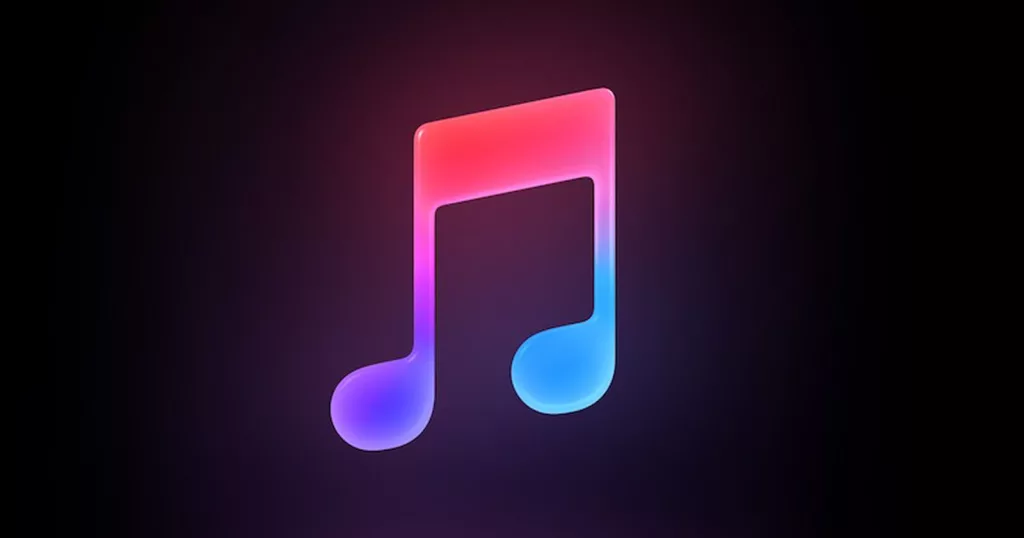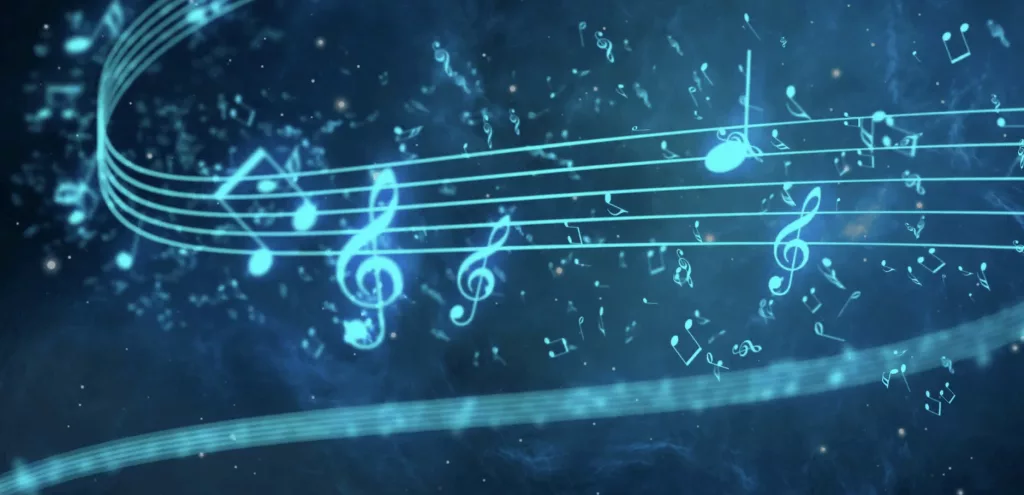Song writing is try an art. It is creative phenomenon. Something that is consciously done, with some effort. There is an inspiring motif, leading to creating or writing a song. “Motif” is the smallest unit of a musical thought. In song-writing, the inspiration could come fully loaded with music and lyrics or partial -music without lyrics.
Motif is the unit upon which a composition is built. I hope by now you understand what a motif is. But musical thoughts are conceived in terms of sentences. A sentence is the combination of two more phrases in music. A phrase arises from the combination of units.
Take for example, the song “Amazing grace”
sl d:-m.dl m:-rl d:-:s
Now, that’s a phrase. When writing a song, the following should be considered:
1. Clarity
2. Unity of idea
3. Balance
Clarity of thoughts is somewhat difficult to project. Melodic writing is the most challenging part of a musical composition. And it is on the single thread a whole fabric of musical composition is woven. Some writers first of all construct the melody before applying the lyrics. This method is not quite effective and reliable to producing a sound musical composition. The best is setting the words to music. Meaning lyrics before music.
The contours and tonal inflection of some words is very important in your musical idiom (language). Tonal-inflection simply means the rise or fall of the sound of words. The sound of a particular word (English or vernacular) must be reflected in your melodic writing. Hence, it is expedient that you have the lyrics ready before the music -writing of the melody (tune). When this is done, then you are sure of having clarity of musical thoughts. After this is achieved, there should be balance in your composition -balance between the melody and the lyrics. That’s your music must have the sound effect of the message in your poem.
Just as said earlier, composers think in musical phrases. The unit of thought in any musical composition is the motif. In other words, we could say the smallest unit of any musical thought or idea is called motif. It is on this premise the entire work is built -vocal or Instrumental.
Next thing we shall consider is the form in which you desire to write your composition. Form gives the structure. Structure in music is the frame. It provides the shape of the music. But before going into that, we shall conclude our discussion last night.
Let’s use the song “Jesus Only Is Our Message” by A.B. Simpson as a case study to explain motif and balance.

From the figure above we could see clearly in the diagram what motif is all about. And this occur throughout the song.

It is good we bear it in mind that the art of song-writing cannot be taught in a single class. There are various topics and headings to cover.

However, a quick summary of the fundamentals tools will be done now, while I await questions relating to subject from my audience.
Pls, feel free to ask questions in respect to some of the challenges you encountered in song-writing.
Forms and Punctuation in music.
Form in music outlines the structure of a musical composition. It gives the shape of the intended music composition.
There are various forms in music:
1. Binary -AB
2. Ternary -ABA’
3. Rondo
4. Through-composed.
I’ll like to emphasize that form is different from styles.
Let’s tackle one after the order
1. BINARY
The term simply denotes two. It refers to any music written in two movements, with second usually longer than the first. In a binary form, a subject (theme) is treated in the first movement. Then a contrasting theme is state in the second. Most hymns or gospel songs can be said to be written in binary forms, where we have the verse and refrain as subject and counter-subject. The verse is A, while the refrain is B. Thus, we have it as l A //B// Sometimes, B may contain elements from A.
2. TERNARY
This form refers to a music written in 3 parts (movements). The term is also known as the Sonata form. This form was very much popular in the Classical period if Western music history. It is structured as //A :// BA’ :// Whereas binary is ‘Call and answer’ ternary is more detailed and dramatic.
Ternary could be explained as follows:
*A – means Exposition.
The first A is usually the expository section. Here the subject (theme) is announced, an treated with a high sense of musical satisfaction, with a transitory modulation to the dorminant.
Section B: is the development section. The theme stated in A is developed, telling the story with more details.
Section A’: is known as the recapitulation. It recaps (summarizes) the theme and detailed story exposed in sections A and B. When we listen to news read by a newscaster, we can experience ternary form of music. He/she comes up with the headlines (exposition). Then the news in details (development), and lastly, the recap of the main story (recapitulation).
Structuring your music gives it a sense of direction, and unfolds the pictures of your story. Artistes paint pictures with brush and colours, poets paint with words, and musicians paint with music sounds.
Assignments:
Observe some songs/hymns and identify which form they are written in.
Finally, I’ll like to speak on Punctuation in music.
I feel I should share with you one of the poems I wrote this year. Hope it will minister to someone here.
THE LORD IS NEARER
The Lord is nearer than you ever know,
Look up to him to lead the way.
The billows may roll and tempest toss,
Press on ’til the dawning day.The cross is heavier when the word’s out;
Feed on the living word of God.
By faith you’ll make the blest harbour:
Just keep your eyes on the Lord.Sometimes the clouds o’er you is dark
And fuming, with no place to hide;
Amidst the crashing thunderstorms,
Rejoice! The Lord’s always by your side.©Barizorge Mbaa


